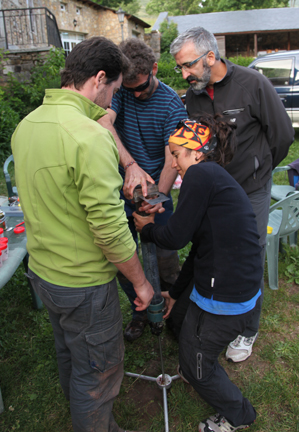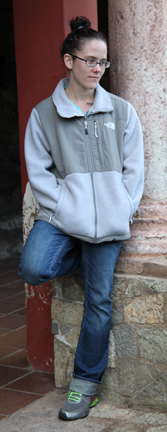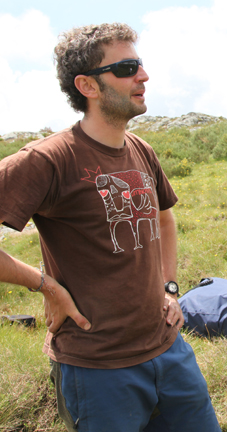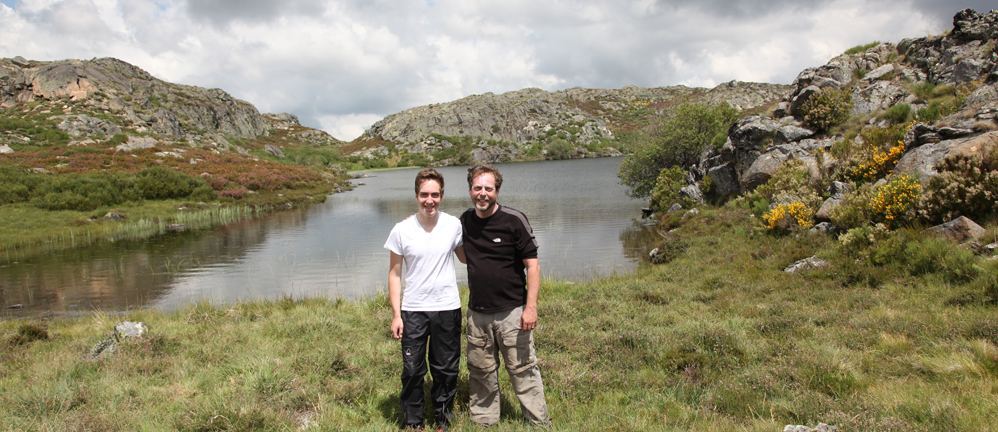 |
||||||||||||||
|
|
||||||||||||||
|
Mining, Smelting, and Land Use Changes in Spain's Sierra Segundera & Pyrenees Mountains
|
|
Collaborators include Blas Valero Garces, Aubrey Hillman, Fernando Barreiro Lostres, Mario Morellon, Colin Cooke, Erik Brown, Aba NMoreno, and Santiago Giralt among others The aim of this multidisciplinary project is to use lake sediment cores to document the timing, magnitude, and spatial distribution of metal pollution and land use change associated with anthropogenic activity in the Spanish Pyrenees and Sierra Segundera. The These regions are rich in metal ores such as silver, gold, and copper that were of economic interest to Romans as well as subsequent European societies. While past research has documented the scale and distribution of Roman metallurgical pollution in the Greenland ice sheet (Hong et al., 1994) and Swedish lakes (Renberg et al., 1994; Renberg et al., 2002), relatively few studies have looked at this disturbance in Spain and those records that exist are mostly from the southern Iberian Peninsula (García-Alix et al., 2013). One lake sediment record from the Pyrenees exists and this record documented substantial lead pollution 14 times higher than background concentration values beginning around 650 AD (Camarero et al., 1998). However, the timing of this lead pollution was surprising, since it occurred in post-Roman times. There are two possibilities for this: (1) Roman mining and metalworking activity did not leave a substantial signature in the lake. Instead, this pollution was the result of medieval metalworking activity, the scale of which has previously gone unrecognized; or (2) the timing of this pollution was not properly dated. This study was carried out nearly 15 years ago and relied on dating techniques, which today, are much improved. Both possibilities raise interesting questions; however, no other sediment records documenting pollution from pre-industrial metallurgy exist in this region. There is a clear need to improve our understanding of the scale and distribution of Roman mining activity in the Spanish highlands.
|
|




